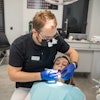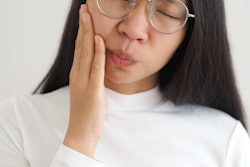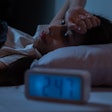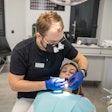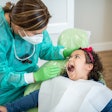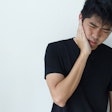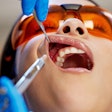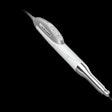Nearly half of patients undergoing orthodontic treatment experienced teeth clenching and grinding, according to a study published on December 31 in BMC Oral Health. The finding suggests that orthodontic-associated tooth interferences may induce bruxism.
Factors like facial type and divergence and skeletal and dental malocclusions appeared to have no effect on the onset of bruxism in orthodontic patients, the authors wrote.
"There is a risk of bruxism among orthodontic patients," wrote the authors, led by Mubassar Fida of Aga Khan University Hospital in Pakistan.
Teeth clenching and grinding lead to hypertrophy of chewing muscles and tooth surface loss due to attrition and hypersensitivity. Also, it may fracture teeth and damage restorations.
Since it's widely accepted that orthodontic treatment plays a role in mitigating the development of bruxism, patients who showed no signs of bruxism or temporomandibular joint disorders but who experienced these symptoms at the onset of orthodontic intervention should be assessed, according to the study.
To determine the incidence of self-reported bruxism six months after the initiation of orthodontic treatment, 80 patients responded to a questionnaire about bruxism. About 60% of the patients were women, and the sample's median age was 20. Also, information about the patients' facial type, divergence, and skeletal and dental malocclusions were measured and collected. Then a regression analysis was conducted.
About 45% of the orthodontic patients reported bruxism after starting orthodontic treatment, the authors wrote. However, the analysis showed no significant link between developing bruxism and facial type, divergence, and skeletal and dental malocclusion, they wrote.
There were limitations, including the study's cross-sectional design, the authors wrote. In the future, studies with larger sample sizes that explore factors like evaluation of occlusal scheme and canine-guided occlusion versus group function occlusion should be conducted, the authors wrote.
"In our study, 45% of orthodontic patients reported bruxism after commencement of the treatment," Fida and colleagues concluded.




